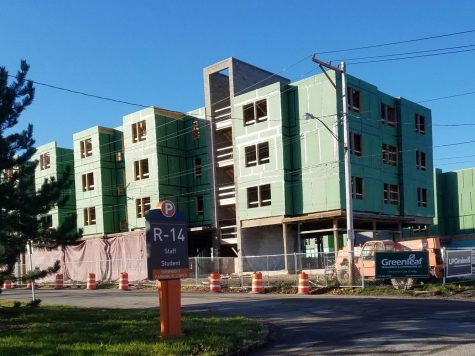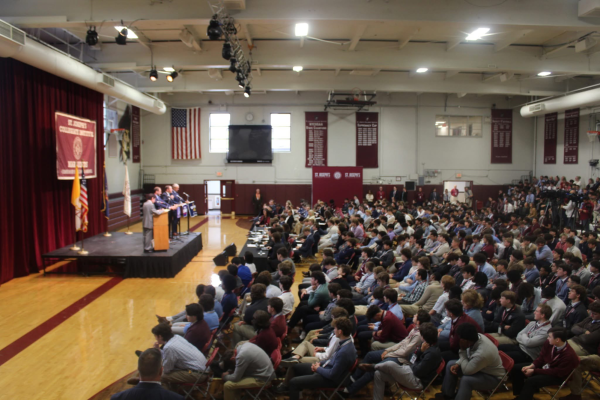EDITORIAL: Campus Internet service leaves much to be desired
If you’ve ever attempted to log onto the Internet on campus during the day, chances are you’ve had difficulty doing so. And you’ve probably had these difficulties more than once.
The Internet connection at Buffalo State is sub-par — at best — in buildings throughout campus and everywhere in between.
It’s now 2013, and with online courses becoming more and more mainstream, as well as many professors relying on online dropbox services, many students’ educational experiences are now based online. Unfortunately, it seems that the bandwidth can’t keep up with the advances of the virtual classroom, and our education is becoming compromised because of it.
This problem is especially of concern to students living in the residence halls, who deal with this more-than-negligible inconvenience with either shoddy Wi-Fi or an unreliable connection with an Ethernet cord.
Wireless Internet is said to be at the service of residents in STAC and Tower 4, but it’s not uncommon for it to be unavailable. Logging in to use the Internet during the day is next to impossible. Even if you are lucky enough to connect with Resnet, it’s a battle to load a single page.
And don’t even try to use the network on your phone – signing in could take more than one refresh, and the many small “dead” spots on campus can result in you losing signal if you count on campus Wi-Fi to check your phone in between classes.
Of course, there are explanations to why the Internet is so slow. People downloading music and movies puts a strain on the bandwidth. Students streaming videos and automatically updated apps also slow down the Internet connection.
In past years, an annual wireless system update was installed to work to combat these problems. Largely unsuccessful, this measure slowly crippled the Wi-Fi system to a point where other alternatives were needed to better accommodate students’ needs.
There is an ongoing review of the available bandwidth in the apartment complex’s and dorm buildings. Since the current bandwidth speed of 250 bits per second has proven inadequate, there are ongoing talks between computing and technology services and Resnet to increase Internet speed.
A potential goal is to double the speed in residence halls to 500 bits per second. It appears to be a necessary measure, since students are downloading content — for leisure or school — more than ever. As we become steadily more dependent on this technology for both playtime and educational ventures, it’s only logical that the quality of it keeps up with the apps and gadgets students rely on to make the most out of their educational careers.










